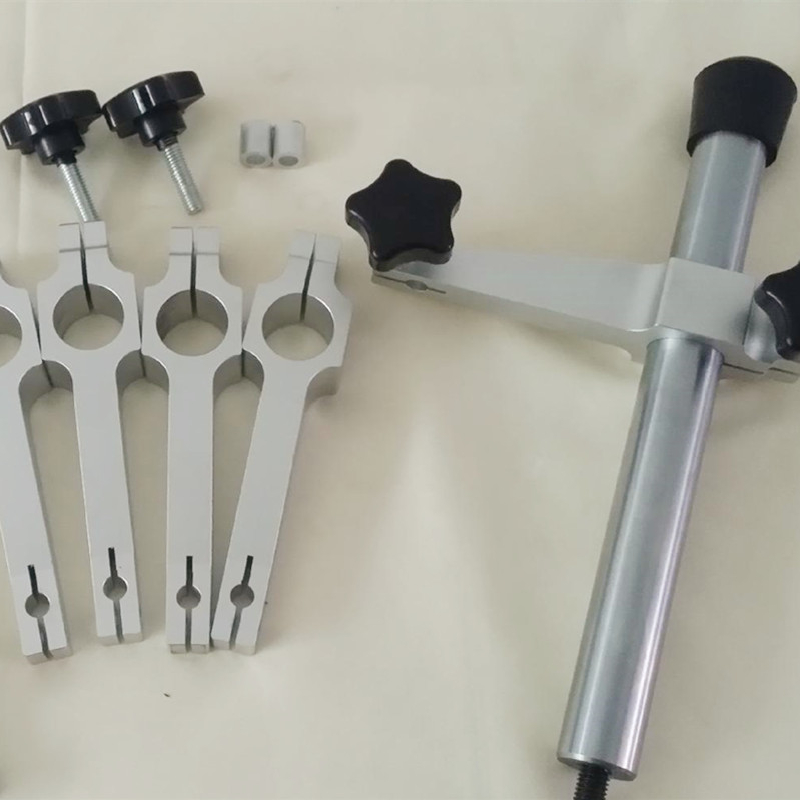ਦਸੰ. . 24, 2024 10:11 Back to list
Understanding the M6 Thread Gauge for Precision Measurement and Application
Understanding M6 Thread Gauge A Comprehensive Guide
When it comes to mechanical engineering and manufacturing, precision is key. One critical aspect of ensuring that components fit together properly is the use of thread gauges. Among the various sizes and types of thread gauges available, the M6 thread gauge stands out due to its specific applications and importance.
What is an M6 Thread Gauge?
An M6 thread gauge is a tool used to check the dimensional accuracy of M6 threads. The M in M6 denotes that it is a metric thread, while the 6 refers to the nominal diameter of the thread in millimeters, meaning that the outer diameter of the thread is 6 mm. M6 threads are commonly used in a variety of mechanical applications, such as fastening components in machinery, automotive parts, and construction tools.
Thread gauges come in various forms, including plug gauges, ring gauges, and pitch gauges. The M6 thread gauge, specifically, can be either a plug or ring gauge. A plug gauge is used to check the internal threads, while a ring gauge is used for external threads. Both types play a critical role in quality control and ensuring that threaded components meet designated specifications.
Importance of Using an M6 Thread Gauge
Using an M6 thread gauge is essential for several reasons
1. Quality Assurance In manufacturing, the accuracy of threads has a direct impact on the functionality and reliability of the final product. Using a thread gauge helps ensure that threading conforms to the required standards, reducing the risk of mechanical failure.
2. Standardization The M6 size is standardized, meaning that it is widely recognized and used in various industries. A thread gauge allows for uniformity across different products, which is vital for mass production.
3. Ease of Measurement Manually measuring the pitch and diameter of threads can be complicated and prone to error. A thread gauge simplifies this process, providing an easy and accurate means of checking dimensions.
m6 thread gauge

4. Time Efficiency In production environments, time is often of the essence. Thread gauges allow for rapid checking of thread dimensions, ensuring that any discrepancies can be identified and rectified promptly, thereby minimizing downtime.
5. Cost Effectiveness Regular use of quality control tools like thread gauges can prevent costly mistakes in manufacturing, as well as reduce material waste caused by improperly threaded components.
Applications of M6 Threads
M6 threads are commonly utilized in a variety of applications, including
- Automotive Industry M6 screws and bolts are frequently found in engine components, chassis assemblies, and other critical areas where strength and reliability are paramount.
- Construction In the building industry, M6 threads are used in connection elements like beams and frame structures, providing support where necessary.
- Electronics Many electronic devices use M6 threads for assembly, ensuring components are securely fastened while remaining accessible for maintenance.
Conclusion
In summary, the M6 thread gauge is an essential tool in the toolkit of engineers, machinists, and quality control inspectors. It plays a vital role in maintaining the integrity of threaded components across various applications and industries. By ensuring that M6 threads conform to specified standards, manufacturers can deliver high-quality products that meet customer expectations and stand the test of time.
Whether you are designing a new product or maintaining existing machinery, understanding the nuances of thread measurements, such as those provided by an M6 thread gauge, can ultimately lead to better engineering outcomes and greater efficiencies. As technology continues to advance, the importance of precise measurements in manufacturing and engineering will only grow, making tools like the M6 thread gauge indispensable.
-
thread-plug-gauge-our-promise-of-measurement-excellenceNewsAug.22,2025
-
gauge-pin-class-reflecting-quality-legacyNewsAug.22,2025
-
check-valve-types-for-high-rise-buildingsNewsAug.22,2025
-
water-control-valve-for-irrigation-systemsNewsAug.22,2025
-
gate-valve-with-soft-seal-technologyNewsAug.22,2025
-
y-type-strainer-for-oil-and-gas-applicationsNewsAug.22,2025
Related PRODUCTS









